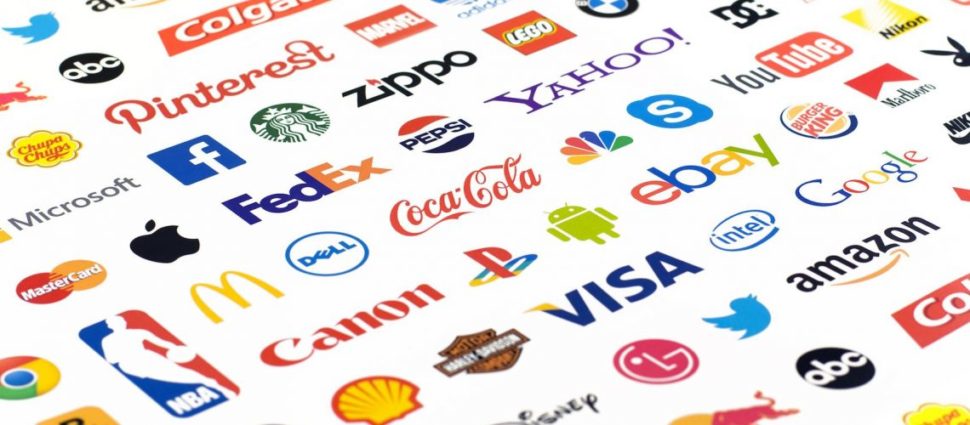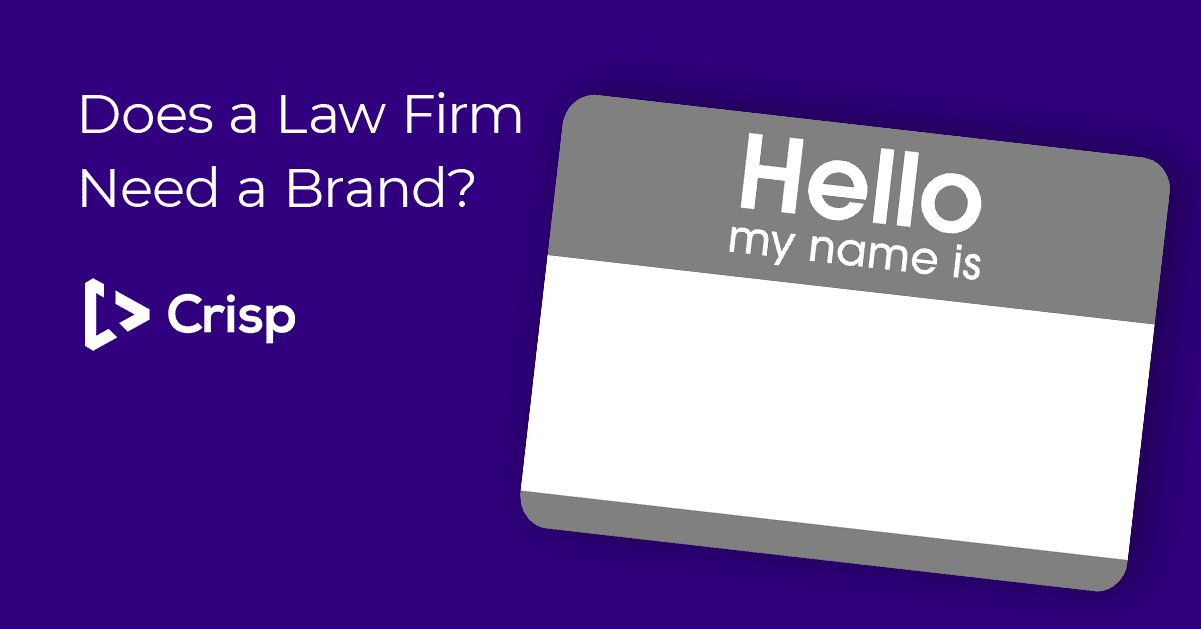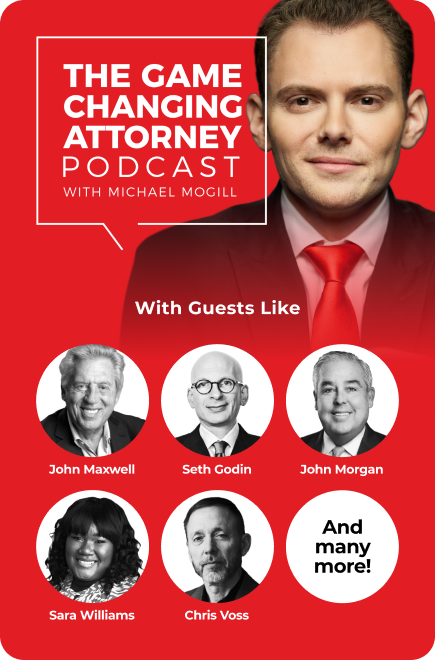Once upon a time, a brand was just something that a cattle rancher slapped on some poor cow. He did this because (no offense to any cows reading this post) cows mostly look the same and ranchers would otherwise get them mixed up with other cows belonging to other cattle ranchers, and that’s no way to get ahead in life.
These days, a brand is a bit more complicated.
The Brands of Today
Branding in the modern sense conjures up images of a frenetic swarm of massive corporate icons that bombard us on a daily basis and have (for better or for worse) woven themselves into the cultural fabric of America.
McDonald’s. Nike. Ford Motors. Disney. Walmart. Comcast.

Billions of dollars worth of revenue reinvested into a spinning, never-ending cycle of renewed branding, advertising, marketing, campaigns, promotions, product placements ad infinitum (or ad nauseam).
But again, we live in modern times. We’re not just branding cows anymore, nor is the concept of brand awareness a luxury only afforded to massive companies with millions of dollars in their advertising and marketing budgets.
Technology has advanced to a point where anyone at any time can theoretically reach hundreds of millions of people through the Internet and social media. You can acquire a website, a Facebook business page, and a Twitter account with virtually no barrier to entry and little to no cost.
This is an amazing situation that you find yourself in, and the possibilities are truly endless.
Unfortunately, as always, it also poses a bit of a challenge. Everyone else can do the same exact thing.
Welcome to the Attention Economy
This phenomenon, this perfect democratization of Internet accessibility and social engagement, this society-altering, paradigm-shifting change has created what is now being called the Attention Economy.
The Attention Economy is fairly self-explanatory: everyone has their own little chunk of digital space carved out for themselves, and they’re all trying to get the mysterious “users” and “viewers” and “searchers” of the world to focus on them.
This can really get complicated in the legal world, since the product that’s being peddled is a service and exists as a fairly abstract concept — until you need those services, that is.
Attorneys can try and quantify their service in the terms of settlements reached, or sentences reduced, or business mergers completed, but they’re never going to be like the aforementioned Nike that can point to a pair of sneakers and say, “That’s it. They’re red with black laces and super special shock absorption technology. Please buy these.”
This means that we have over a million legal practitioners trying to stand out in this new attention economy all competing with each other — while they must also compete with every other bit and piece of attention-grabbing digital content and every device that the average consumer has access to.
There’s cable TV, but also TV streamed entirely online, and also Netflix, and Hulu, and Amazon, and Youtube, Twitter, and Instagram. You can fill out a crossword puzzle on your phone, or play an explosive shoot-em-up video game on your television, or you can hop on your computer and watch other people play video games on Twitch.
So here’s the situation: we have a saturated world of attention-grabbing devices, combined with a comically packed online world, and then thousands upon thousands of legal professionals trying to get people to purchase an abstract, often complicated service.
It can seem a bit daunting.
How to Stand Out
Due to that abstract quality that we keep harping on, most legal marketing comes down to aesthetics, and unfortunately, those aesthetics can get really homogenous really quickly.
A swarm of suits. A barrage of bookcases. A massive deposit of mahogany desks.

But it doesn’t have to be this way.
Many attorneys feel that there’s a certain appearance that needs to be projected, and that’s how we’ve arrived at this ubiquitous visual style that’s been perfected over the last few decades.
Perfectly safe. Perfectly boring. Not something that’s designed to compete in the attention economy.
A lot of attorneys think their service should be the main focal point of whatever marketing and advertising they do. This assessment is actually correct, but the problem is that to them the service they’re selling is just the end result: the $50,000 settlement, the charges being dropped, and maybe some ancillary benefits like being personable or giving out their private cell phone number.
At the end of the day, the service that you’re offering is, well, you.
You’re the one who will be guiding the client through a difficult and stressful time in their life. You’ll be providing guidance and expertise that they could never acquire on their own.
Some people might disagree at times, but you’re a human being who has an awesome story to tell. You’ve done incredible things outside of the law, and professionally I can guarantee you’ve been hugely influential in at least one person’s life.
So it’s time to start acting like it.
It’s time to tell your story.
You’re More Than A Commodity
The digital ecosystem we live in these days make it easy enough to view you and your services as a commodity, so don’t help them by just blending in with everybody else. Show off what makes you unique and you can convey to the world that you’re a likable, engaging, competent, powerful, intelligent, funny, brilliant individual and a damn good lawyer.
Once you have that message as a foundation, you can become your own Nike or Tesla. You can become a recognizable icon in your community or target market, and your brand will truly get the attention it deserves.








